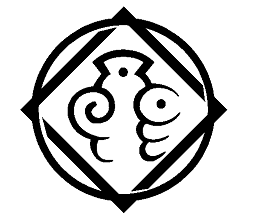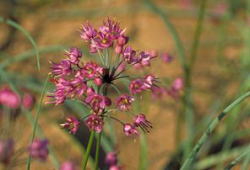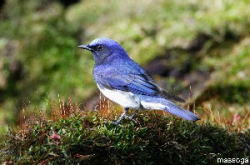| City Crest |
Origin of the City Crest |
 |
|
The city crest combines the symbol of the feudal Tottori clan (Inpaku)
with the Chinese character for bird (tori), written in calligraphic style.
The emblem was established as the city crest on July 26th, 1915. ○ and ◇ are said to symbolize the pen and the sword respectively, and they
stand for the development of Tottori City.
|
| |
| City Tree |
Sasanqua |
 |
|
In a bid to restore greenery in the city after it was devastated by a large
earthquake in 1943 and a large fire in 1952, the Sasanqua was designated
as the city tree on May 2nd, 1968. Since the Sasanqua decorates the city
with greenery throughout the year and blooms even in the harsh winters of
the Sanin Region, it was regarded as the most appropriated tree to be the
city's emblem and succeeded to by the city after the merger with other
towns. |
| |
| City Flower |
Shallot |
 |
|
The Sand Dunes of Tottori City are known throughout Japan and from October
to early November they are covered in the vivid purple-red blossoms of
the shallot. The shallot (rakkyo in Japanese) is a lilaceous perennial
flower native to China. It is said to have been first introduced to Tottori
when seeds were brought to Japan during the Edo period. The flower has
been designated as the city flower and pickled shallots are now a popular
local specialty of Tottori City.
|
| |
| City Bird |
Blue-and-White Flycatcher |
 |
|
As the name "Tottori" originates in "Totoribe", the name of the bird-catching
clan of the Yamato Imperial Court in the ancient Nara period, we have decided
to establish a symbolic city bird - the Blue-and-White flycatcher (Ōruri
in Japanese). Its song counts as one of the three most beautiful bird songs
in Japan and its cobalt blue plumage resembles the sea and the sky of Tottori,
symbolizing the beautiful nature of Tottori City. Also, since blue birds
are said to bring happiness, they also carry our hope for the happiness
of the citizens and the city's further development.
|




